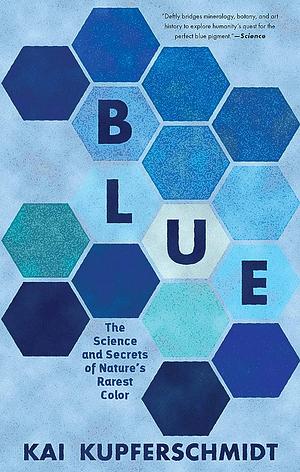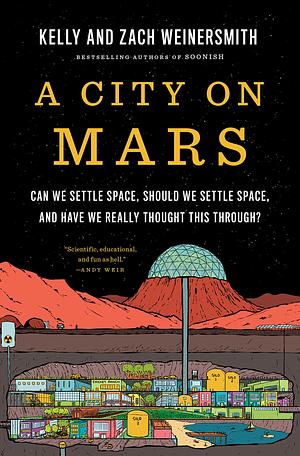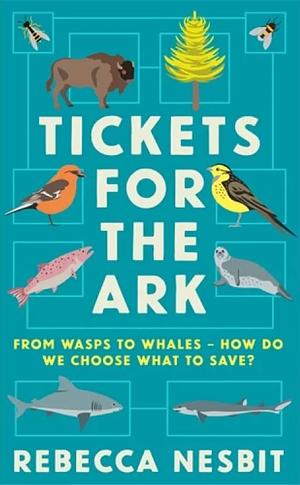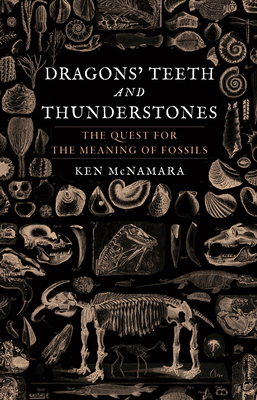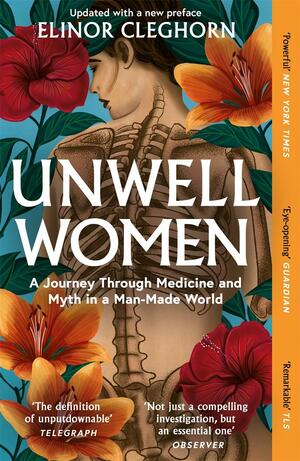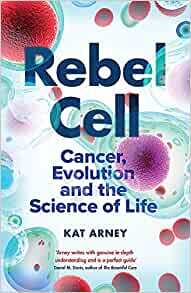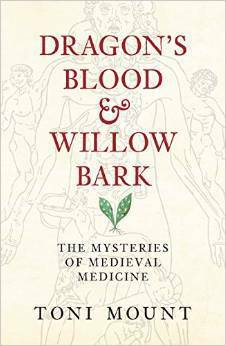
How To Make a Vaccine
by John Rhodes
Genres: Non-fiction, SciencePages: 160
Rating:

Synopsis:Distinguished expert in vaccine development John Rhodes tells the story of the first approved COVID-19 vaccines and offers an essential, up-to-the-minute primer on how scientists discover, test, and distribute vaccines.
As the COVID-19 pandemic has affected every corner of the world, changing our relationship to our communities, to our jobs, and to each other, the most pressing question has been—when will it end? Researchers around the globe are urgently trying to answer this question by racing to test and distribute a vaccine that could end the greatest public health threat of our time. In How to Make a Vaccine, an expert who has firsthand experience developing vaccines tells an optimistic story of how three hundred years of vaccine discovery and a century and a half of immunology research have come together at this powerful moment—and will lead to multiple COVID-19 vaccines.
Dr. John Rhodes draws on his experience as an immunologist, including working alongside a young Anthony Fauci, to unravel the mystery of how vaccines are designed, tested, and produced at scale for global deployment. Concise and accessible, this book describes in everyday language how the immune system evolved to combat infection, how viruses responded by evolving ways to evade our defenses, and how vaccines do their work. That history, and the pace of current research developments, make Rhodes hopeful that multiple vaccines will protect us. Today the complex workings of the immune system are well understood. The tools needed by biomedical scientists stand ready to be used, and more than 160 vaccine candidates have already been produced. But defeating COVID-19 won’t be the end of the story: Rhodes describes how discoveries today are also empowering scientists to combat future threats to global health, including a recent breakthrough in the development of genetic vaccines, which have never before been used in humans.
As the world prepares for a vaccine, Rhodes offers a current and informative look at the science and strategies that deliver solutions to the crisis.
For a short book, John Rhodes’ How To Make a Vaccine is surprisingly in-depth. Motivated by the SARS-CoV-2 pandemic, Rhodes discusses how vaccines are manufactured, along with some of the history of vaccination and the cultural reaction to it. While most of this obviously isn’t new to me (as someone studying for my MSc in infectious diseases), his explanations are very clear.
I did find that after a while he got a little too in depth, towards the end of the book, discussing every single possible type of vaccine and adjuvant. For me, it got a little tedious because I know this stuff in slightly more depth… and I worry that for a layperson, it’s actually a bit too much depth. It’s hard for me to judge, though, as I haven’t been a layperson for a while now!
If you’re curious about the topic, and ready for some of the ins and outs of the regulatory proces, different types of vaccine and adjuvant, etc, I think this would be of interest, all the same.
Rating: 3/5

